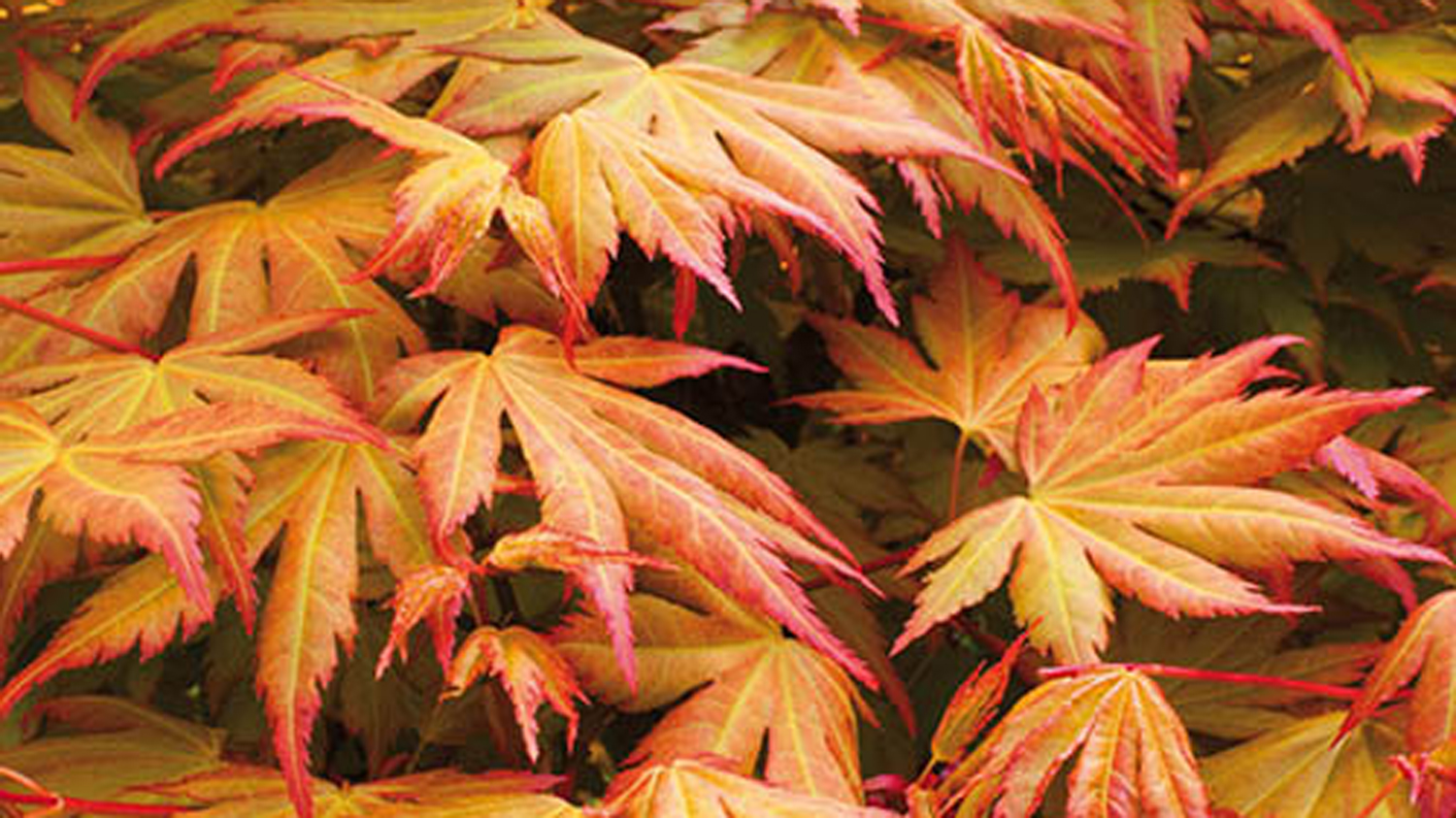How to plant a tree – top tips from Alan Titchmarsh
From how to plant a tree properly, to staking it and more must know information, get your tree off to a great start with advice from the gardening guru


Learning how to plant a tree is a must. And, the good news is that it will actually make a big difference to your plot, in all seasons.
Even a small tree can be a significant feature in a garden, adding height, interest, and bringing benefits to garden wildlife. The bottom line: why wouldn’t you want to add one? And we were delighted to see one of our favourite gardening experts and broadcasters, Alan Titchmarsh, sharing his advice on the task.
As Alan points out, the thinking on the right way to plant and stake a tree has actually changed over the years, as a result of research. So, if you want to know the best way to give your tree a great start in your garden, check out Alan’s tips below. Like the idea of even more garden ideas and strategies for decorating your outdoor space? You’ll find them on our dedicated page.
How to plant and stake a tree: Alan Titchmarsh’s top tips
1. Trees are easier to look after if you plant them in the autumn season, needing less watering than if you put them into the ground in spring or summer. The soil remains warm, as well as being moist, and the tree can get established before the temperatures drop. The tree itself is dormant so it’s not as prone to damage. The earth should be easy to dig, too, which is another very good reason to get planting now.
2. Before planting, stand the tree in a bowl of water so its roots are damp.
3. You’ll need to dig to the depth of the rootball but over an area that’s at least twice its width, Alan advises. This will loosen the soil and improve drainage. Used to digging a round hole? Alan advises that you dig a square one instead. The reason is that this encourages the roots of the tree to spread.
4. If the sides of the planting hole are compacted, fork them to break up the soil.
Get small space home decor ideas, celeb inspiration, DIY tips and more, straight to your inbox!
5. Alan takes the pot off the rootball next. He spreads the roots to the sides, which will help them grow outwards once the tree is in the ground.
6. You’ll need to check the depth of the planting hole at this stage. With the tree in the hole, Alan uses a garden cane to ensure the top of the roots are level with the soil surface. You may need to adjust the soil level in the hole.
Putting in a bare root tree? You can use the soil mark on the bark near its base, Alan explains. This should be level with the soil surface.
7. Fill the planting hole around the rootball, then firm the soil with the heel of your boot. If you’re putting in a big tree, Alan’s advice is to do this in stages. The idea is to avoid air pockets around the roots.
8. To protect a new tree from blowing over in strong winds, Alan then adds a stake. Although stakes used to go into the ground upright, the current thinking on how to stake a tree is that the top of the tree needs to be able to flex, he explains.
To allow this to happen the stake should be positioned in the ground so that it’s at an angle of about 45 degrees and its top is about a third of the way up the tree, Alan says. Make sure you miss the rootball when you bang the stake into the ground.
9. To attach the tree to the stake you can use a tree tie. As an alternative, Alan uses a pair of tights, which works just as well. He puts the tights around the tree’s trunk then around the stake and uses a reef knot to secure them. This way, the tree is cushioned. You can tie the tights firmly, he explains, because there is room for a little movement. He then cuts off the excess.
Leave it on for the first year, Alan says, then cut away the tree tie or the tights.
10. Nearly there! To complete the job Alan waters the tree and adds mulch.
Watch Alan Titchmarsh stake a tree

Sarah is a freelance journalist and editor writing for websites, national newspapers, and magazines. She’s spent most of her journalistic career specialising in homes – long enough to see fridges become smart, decorating fashions embrace both minimalism and maximalism, and interiors that blur the indoor/outdoor link become a must-have. She loves testing the latest home appliances, revealing the trends in furnishings and fittings for every room, and investigating the benefits, costs and practicalities of home improvement. It's no big surprise that she likes to put what she writes about into practice, and is a serial house revamper. For Realhomes.com, Sarah reviews coffee machines and vacuum cleaners, taking them through their paces at home to give us an honest, real life review and comparison of every model.